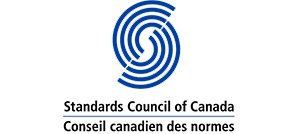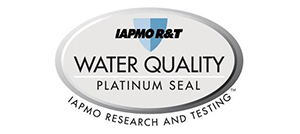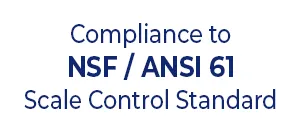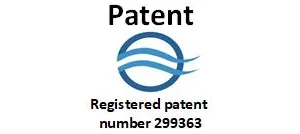Water is something we rely on every day, yet many of its hidden components remain unnoticed. While we often think of water as pure, various gases can accompany it, influencing both its quality and the performance of our water systems. In this article, we’ll explore several key gases—methane, chloramine, radon, and sulphur—how they get into our water, and what implications they might have for homeowners.
Methane: A Naturally Occurring Gas
Methane is a colorless, odorless gas that can be found in groundwater as a result of the decomposition of organic material and other geological processes. Its presence in water isn’t necessarily a sign of contamination—in many cases, it’s simply a natural part of how water interacts with the earth’s layers. However, elevated levels of methane can cause practical issues, such as interfering with well pump efficiency or causing gas buildup in water systems.
Research available through PubMed Central (Article link) explains that methane is often a natural constituent of groundwater, shedding light on both its formation and behavior in water systems.
Similarly, the Minnesota Department of Health (Article Link) notes that while methane itself isn’t known to be directly harmful at typical concentrations, its presence can lead to operational challenges in water systems, especially for those using private wells.
Chloramine: A Disinfectant with a Gaseous Side
In contrast to methane, chloramine isn’t naturally occurring. It is intentionally added to water as a disinfectant, formed when chlorine reacts with ammonia. Chloramine is favored by many water utilities for its stability and longer-lasting disinfectant properties compared to chlorine alone.
Although effective at controlling microbial growth, chloramine can sometimes be detected as a residual compound in water. In certain situations—especially during aeration or in poorly ventilated areas—chloramine may off-gas, meaning that small amounts can escape into the air. Even at low concentrations, chloramine can affect the taste and odor of water, and some individuals may be sensitive to its presence.
Radon: The Silent Radioactive Gas
Radon is a naturally occurring radioactive gas that can seep into groundwater from surrounding rock and soil. It is both odorless and invisible, which makes it particularly challenging to detect without proper testing. Although radon in water is generally less risky than radon in air, activities like showering can release radon into indoor air, where it may be inhaled. Elevated radon exposure has been linked to an increased risk of lung cancer. The U.S. Environmental Protection Agency highlights the importance of monitoring radon levels, especially in homes relying on private wells (Article Link).
Sulphur: More Than Just a Smell
Sulphur compounds—primarily in the form of hydrogen sulfide—can occur naturally in water or result from bacterial reduction of sulfate. These compounds are often detected by their characteristic “rotten egg” odor and can also affect the taste of water. Although low levels of sulphur compounds typically do not pose significant health risks, their presence can be a nuisance and may signal other underlying water quality issues. Research from the U.S. Geological Survey indicates that monitoring sulphur levels is important both for maintaining water quality and protecting infrastructure.
Implications for Homeowners
For most homeowners, the immediate health risks from typical levels of these gases are minimal. However, there are practical reasons to be aware of their presence:
- System Performance: Methane bubbles can affect the efficiency of well pumps and other components of your water system.
- Taste and Odor Issues: Chloramine and sulphur compounds can alter the sensory qualities of your water.
- Health Concerns: Radon, can pose a danger when released indoors.
- Early Warning Signs: The detection of these gases can sometimes signal changes in geological conditions or shifts in water treatment processes.
What You Can Do
If you’re curious or concerned about the gases in your water, consider these steps:
- Regular Water Testing: Testing your water can help identify the presence and concentration of methane, chloramine, radon, sulphur, and other compounds. This is especially important for homeowners relying on private wells.
- Consult Water Quality Experts: Professionals can help interpret test results and recommend solutions—whether it’s adjusting your water treatment process or installing advanced filtration systems.
- Stay Informed: Rely on trusted sources of information, such as research published through PubMed Central , guidelines from the Minnesota Department of Health , the EPA’s radon information , and USGS research on sulphur —to keep up with developments in water quality science.
Conclusion
Gases like methane, chloramine, radon, and sulphur in the water illustrate that water quality is a multifaceted subject. While methane and radon occur naturally, chloramine is added as a disinfectant, and sulphur compounds arise from both natural processes and bacterial activity. Each of these gases can affect the performance of water systems and, in some cases, the quality of your indoor air. Staying informed through reputable research and regular testing is key to ensuring your water remains both safe and efficient.
For those seeking a comprehensive solution, TipaTech’s patented technology offers an innovative approach by releasing these gases from the water before it enters your home. By doing so, TipaTech not only enhances the quality of your drinking water but also protects your lungs from inhaling harmful gases, resulting in a healthier, less toxic home environment.












